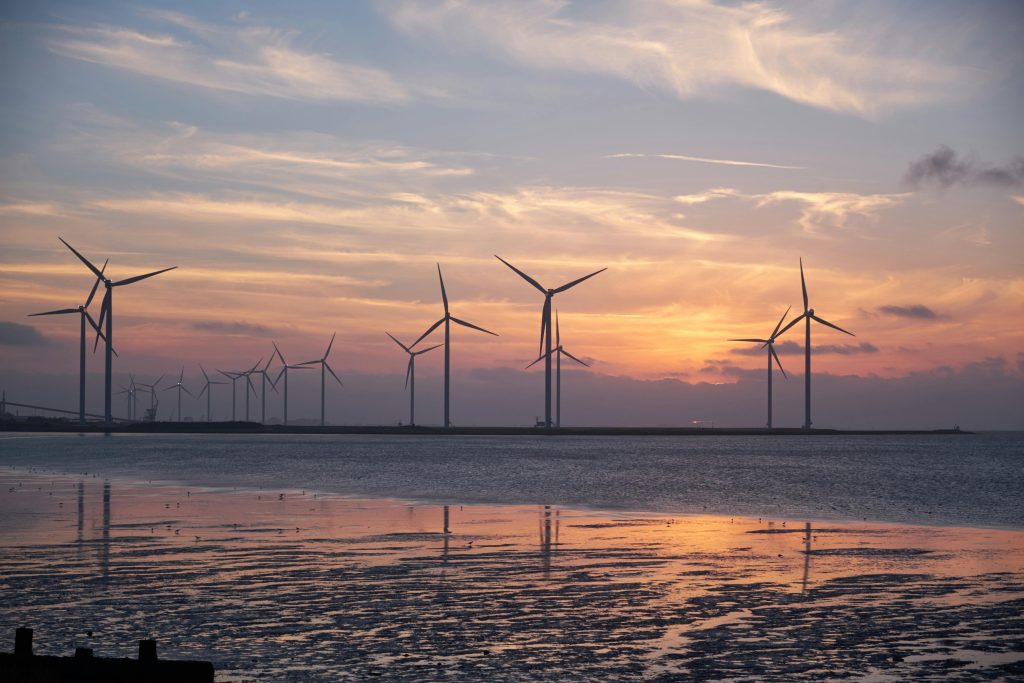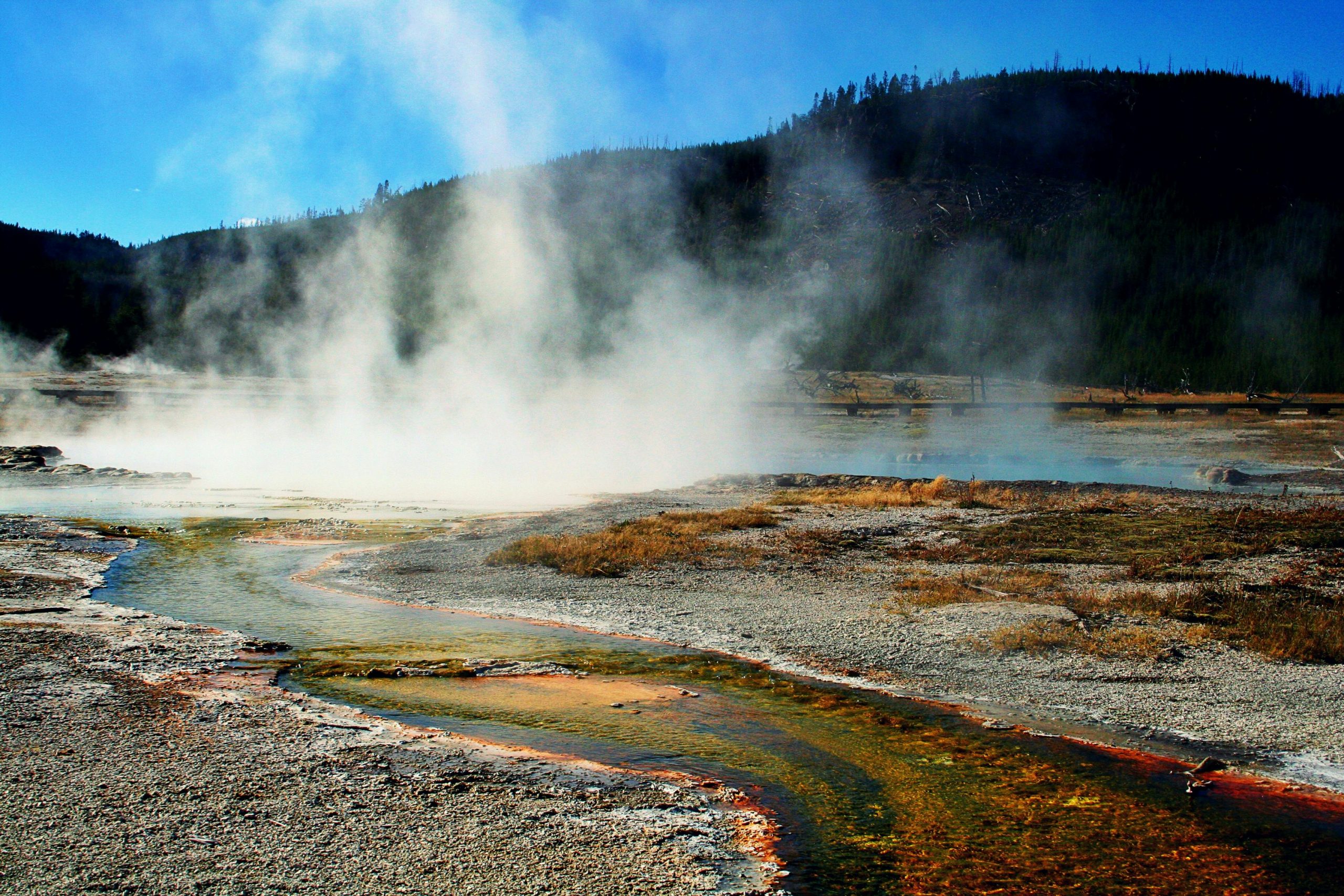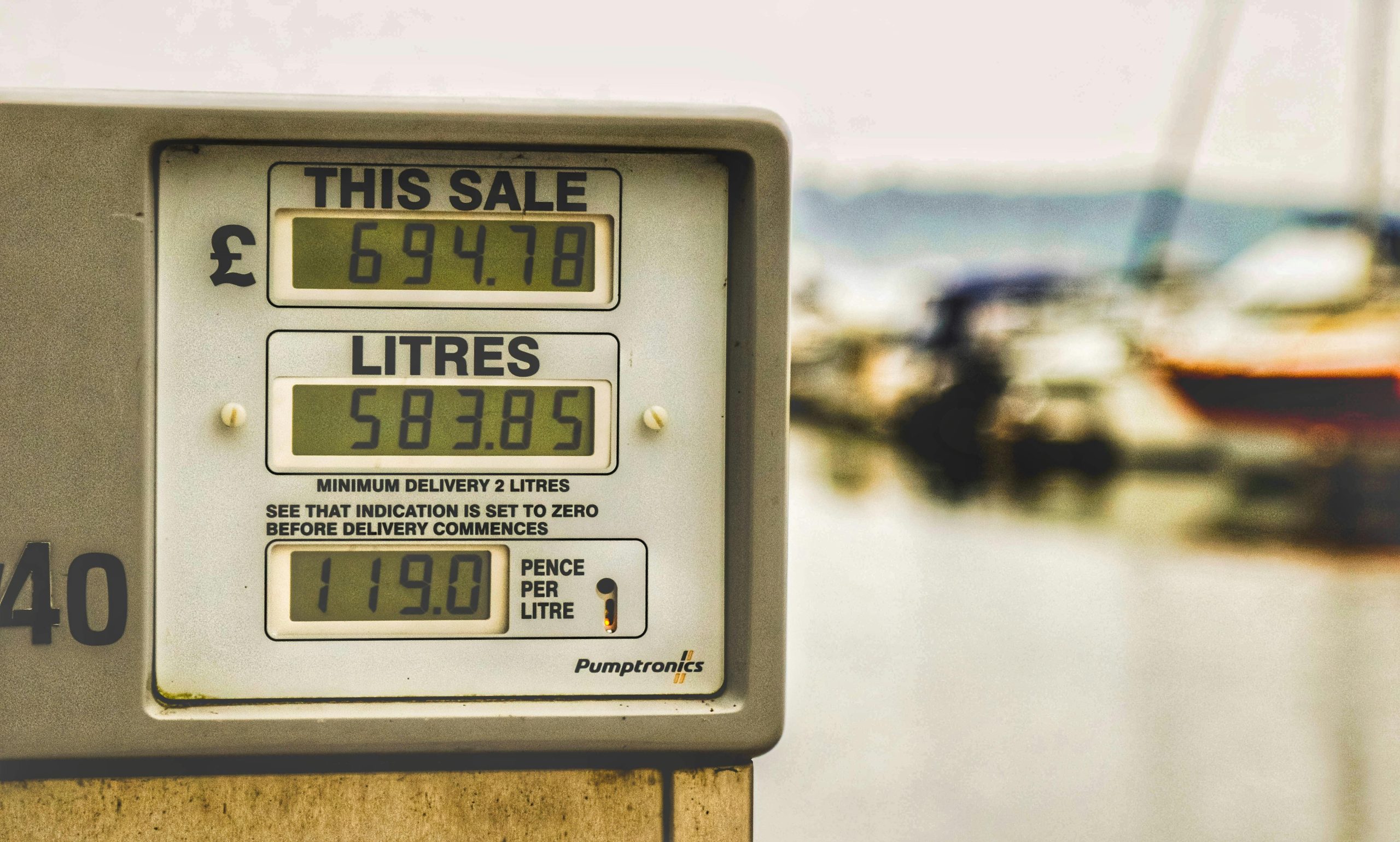
Wind energy is a renewable power source that converts kinetic energy from moving air into electricity using turbines. As the world’s fastest-growing clean energy sector, this technology has become essential for reducing carbon emissions and meeting global climate goals. This article explores the groundbreaking innovations and technological advancements transforming how we harness wind power in 2025, including insights from the International Energy Agency’s renewable energy outlook.
The Revolutionary Growth of Offshore Wind Power
Breaking New Ground in Deep Waters
Offshore installations have emerged as game-changers in renewable power generation. Unlike traditional onshore installations, offshore systems can access stronger, more consistent wind speeds over ocean waters.
The latest floating turbine technology allows installations in previously inaccessible deep waters. These innovations enable farms to operate in areas with water depths exceeding 60 meters, where conventional fixed-bottom turbines cannot function effectively. The Global Wind Energy Council provides comprehensive data on these offshore developments.
Global Expansion and Market Leaders
Europe continues leading offshore development, with the North Sea hosting numerous large-scale projects. The European Union’s carbon neutrality commitment by 2050 has accelerated significant investments in offshore infrastructure.
Meanwhile, Asian markets are rapidly expanding their capabilities:
- China aims to double its offshore capacity by 2030
- South Korea is implementing ambitious offshore programs
- Japan is investing heavily in floating technology
These policy developments continue shaping global markets and investment decisions.
Smart Turbines: Artificial Intelligence Meets Renewable Power
AI-Powered Performance Optimization
Modern turbines integrate artificial intelligence and machine learning algorithms to maximize power output. These smart systems analyze weather patterns, wind speeds, and turbine performance data to make real-time adjustments.
Key AI applications include:
- Predictive maintenance scheduling
- Dynamic blade angle optimization
- Weather-responsive operational adjustments
- Grid integration efficiency improvements
The National Renewable Energy Laboratory leads research in AI applications for renewable technologies.
Advanced Materials and Blade Innovation
Cutting-edge blade designs utilize carbon fiber composites and advanced materials to enhance durability and power capture. These innovations result in:
- Increased turbine lifespan
- Higher conversion efficiency
- Reduced maintenance requirements
- Better performance in variable conditions
These material innovations represent significant breakthroughs in turbine technology.
Policy Framework and Investment Trends Driving Growth
Government Support and Incentives
Supportive legislation worldwide is accelerating adoption through:
- Federal tax credits and subsidies
- Streamlined permitting processes
- Renewable power mandates
- Green investment incentives
These policy measures make projects more financially viable and attractive to investors. The U.S. Department of Energy provides detailed information on federal support programs.
Research and Development Investments
Increased funding in research focuses on:
- Next-generation turbine designs
- Storage integration solutions
- Grid stability improvements
- Environmental impact reduction
These investments are crucial for advancing next-generation technologies.
Environmental Impact and Community Engagement
Sustainable Development Practices
Environmental impact assessments are crucial for responsible development. These studies evaluate potential effects on:
- Local wildlife populations
- Bird and bat migration patterns
- Marine ecosystems (for offshore projects)
- Landscape and visual impacts
The Environmental Protection Agency offers guidelines for sustainable renewable development practices.
Building Community Support
Successful projects prioritize community engagement through:
- Transparent communication about project benefits
- Local job creation opportunities
- Community investment programs
- Addressing noise and visual concerns
Community involvement remains essential for successful project implementation.
The Economic Benefits of Wind Technology
This technology creates significant economic advantages:
- Lower electricity costs for consumers
- Job creation in manufacturing and maintenance
- Reduced dependence on fossil fuel imports
- Long-term price stability
Future Outlook: Market Projections
The sector shows unprecedented growth potential. Industry analysts project continued expansion driven by:
- Technological cost reductions
- Climate policy commitments
- Corporate renewable procurement
- Security concerns
The International Renewable Energy Agency provides detailed market forecasts and analysis.
Ready to learn more about renewable power solutions? Subscribe to our newsletter for the latest updates on innovations and sustainable technology trends. Share this article with others interested in clean alternatives and join the conversation about our renewable future.
For businesses considering investments, consult with renewable power experts to explore opportunities in your region. Contact local developers to discuss potential projects and community benefits.
Check out our related articles on solar power innovations and battery storage solutions for a complete picture of clean technology trends.






